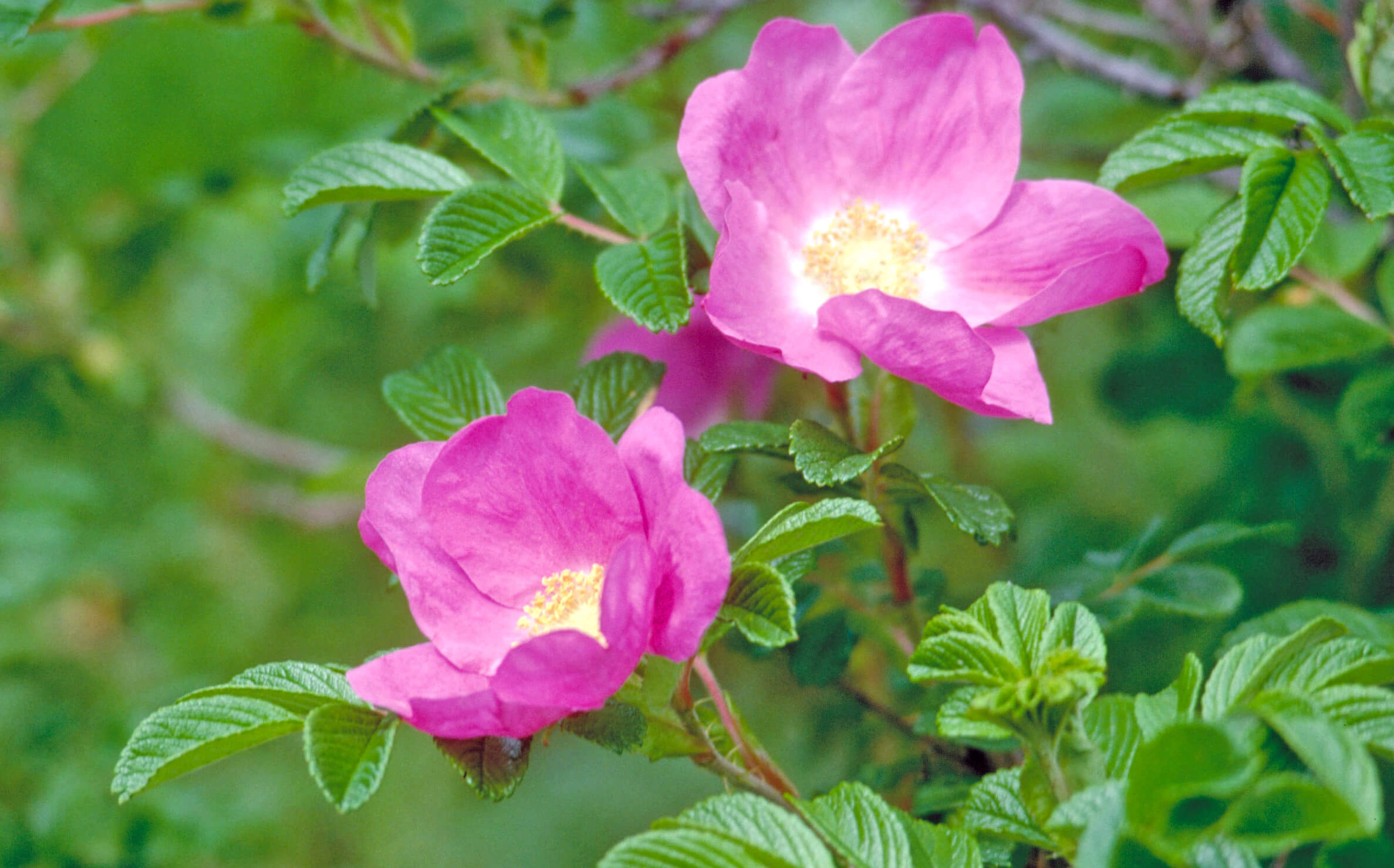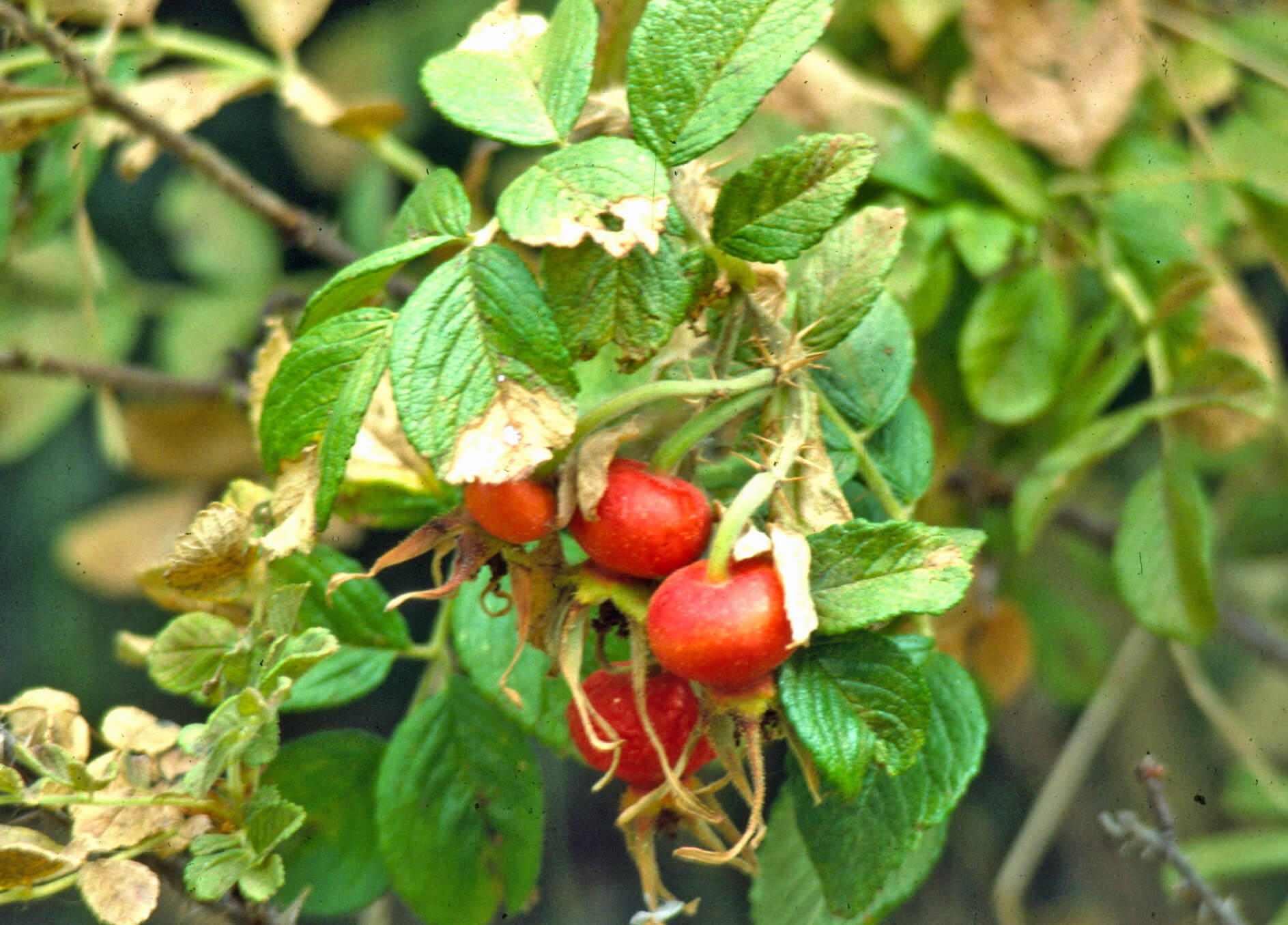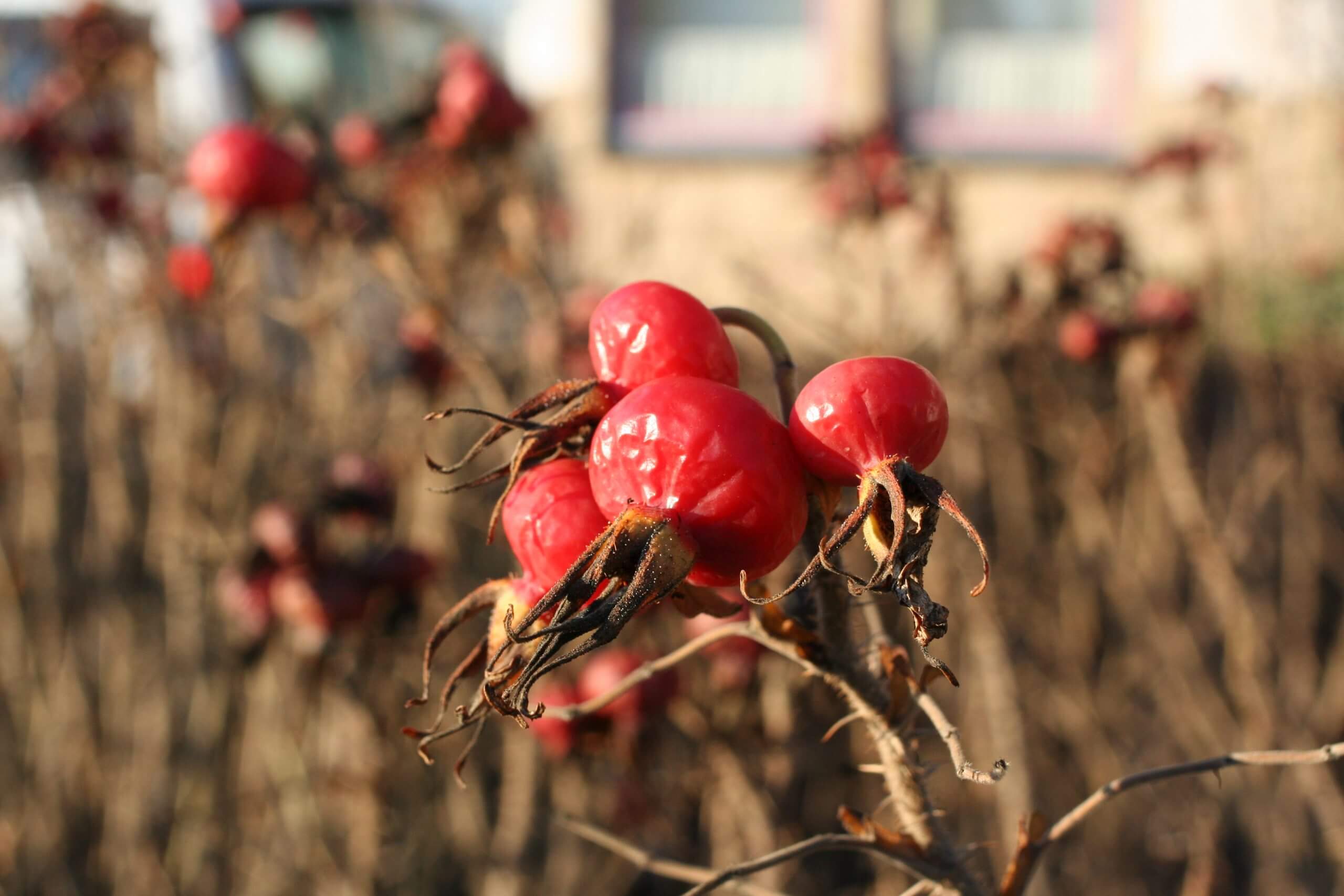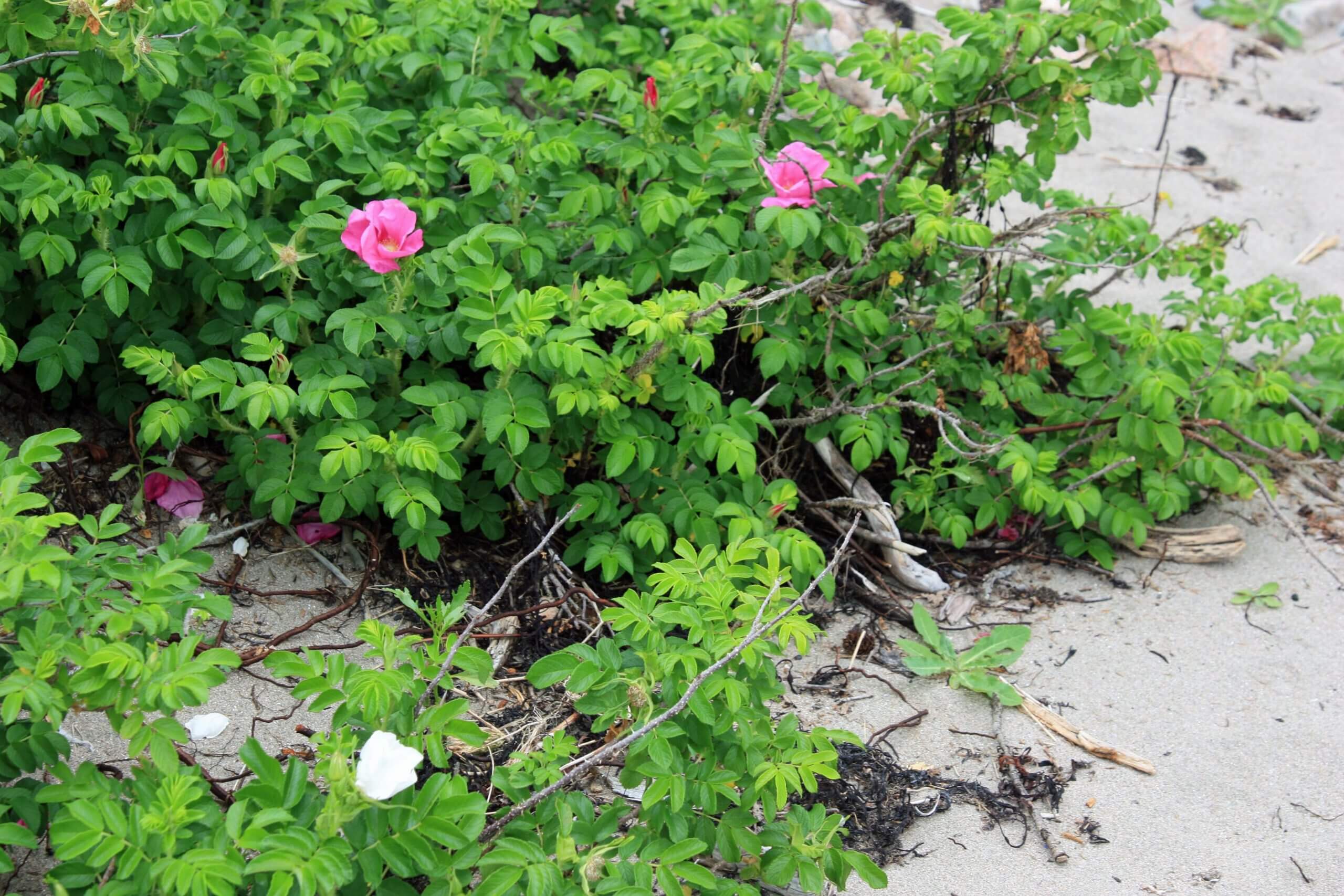
Big, bold, tropical plants look amazing in summer gardens and large containers and drink up the summer heat and humidity. Ornamental bananas, exotic elephant ears, upright sansevierias, strappy cordyline, and colorful croton are typically grown only indoors or way down South, but they thrive in any place that’s steamy. Placing them in the right spot in summer with the bedding plant companions is part of the fun.
Big Leaves
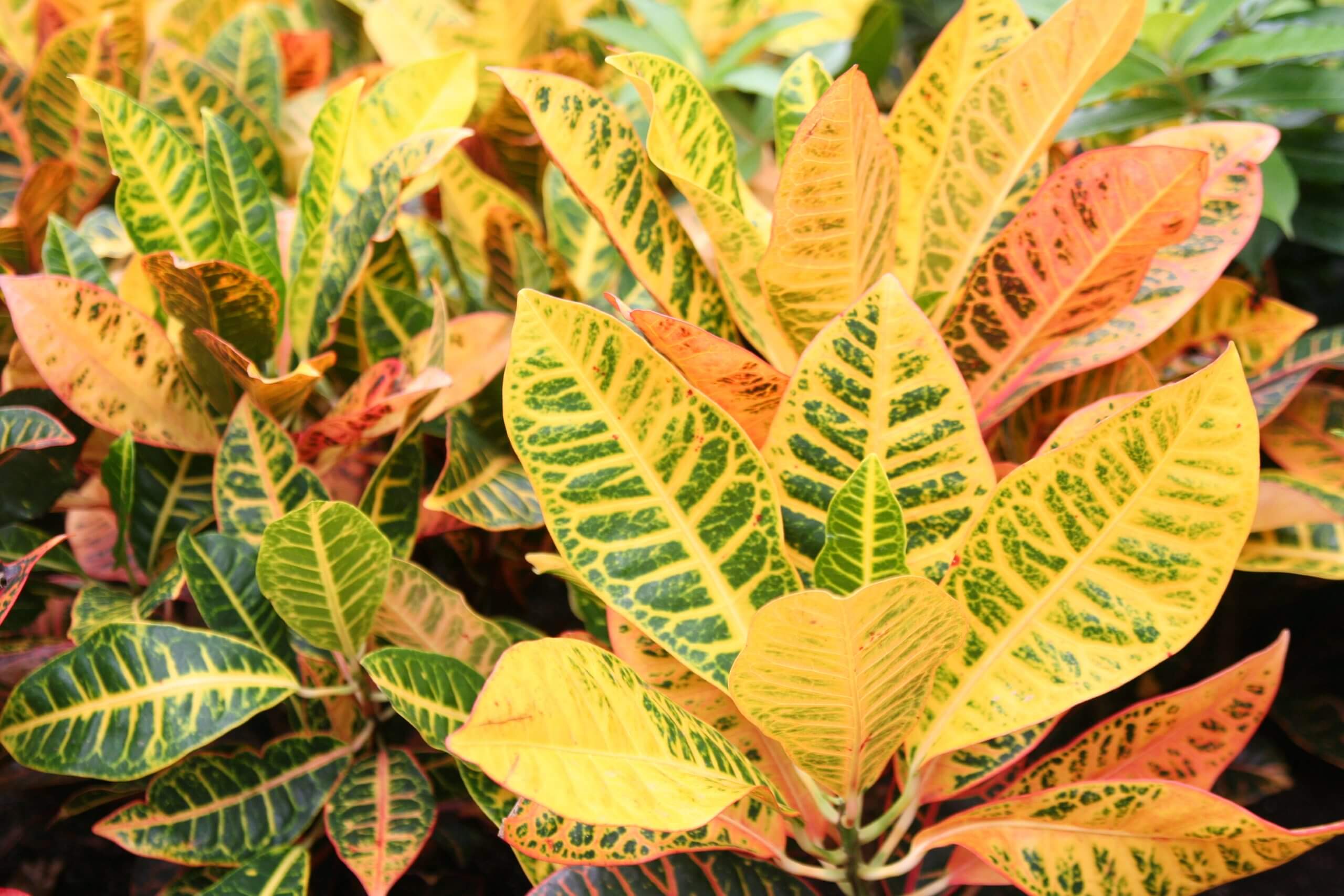
The multi-colored visual pop of croton (Codiaeum variegatum) leaves look good in any bold planting. The Southeast Asian shrub likes it as hot and humid as it gets and looks great in partial shade or sun. Provide it with quality, well-drained potting soil (Black Gold All-Purpose Potting Soil with RESiLIENCE®) and regular water, it will perform well. There are many varieties with leaves that vary in color and size. (Visit the Croton Society webpage to learn more.) The manageable size of croton makes it a good plant to pair in containers with colorful bloomers, such as Lantana camera, cascading Scaevola aemula ‘Blue Fan’, and tropical Hibiscus rosa-sinensis, which has brightly colored disc-shaped flowers.
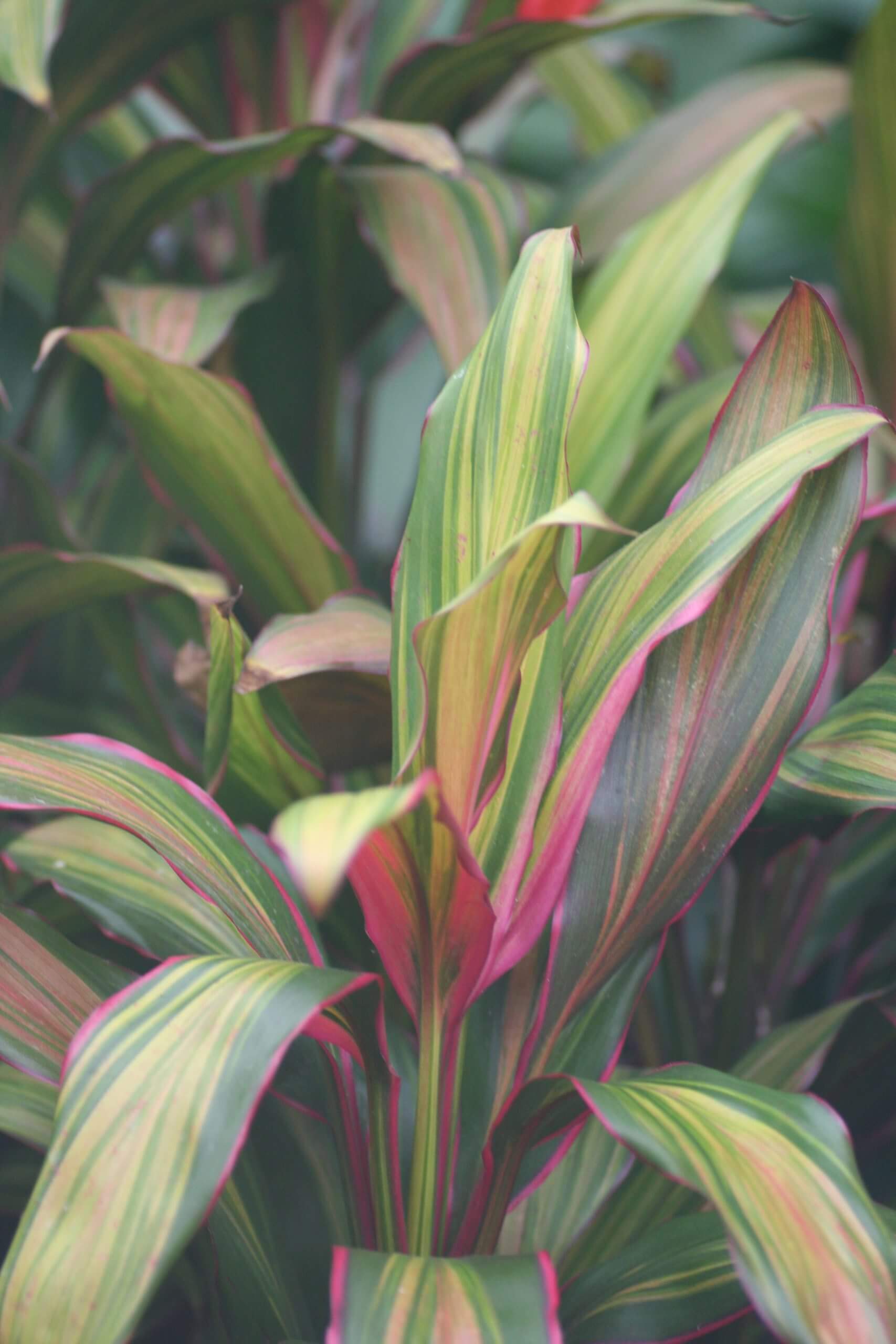
Tropicals with bold, strappier leaves include the West Pacific native Cordyline, African Sansevieria, and corn plant (Dracaena fragrans). Plant these in beds or large pots for a dramatic impact. The more colorful the foliage, the better. Cordyline fruticosa ‘Kiwi’ has a soft but notable color with its pink-, cream-, and green-striped foliage. For pretty gold and green variegated foliage, choose Dracaena fragrans ‘Golden Coast’ with its leaves striped with gold, dark green, and medium green. The nearly vertical leaves of the drought-tolerant Sansevieria trifasciata look great on their own in a pot or paired with a cascading accompaniment of plants at the base, like Dichondra argentea ‘Silver Falls’ or creeping sedums.
Bigger Leaves
Elephant ear or ornamental taro (Colocasia esculenta), originates from Southeast Asia and has big leaves that come in lots of attractive colors. Choose extra colorful purple-black cultivars and cheerful chartreuse or gold variants. Bicolors, such as the green-leaved, purple-speckled ‘Mojito’, also make a big garden statement.
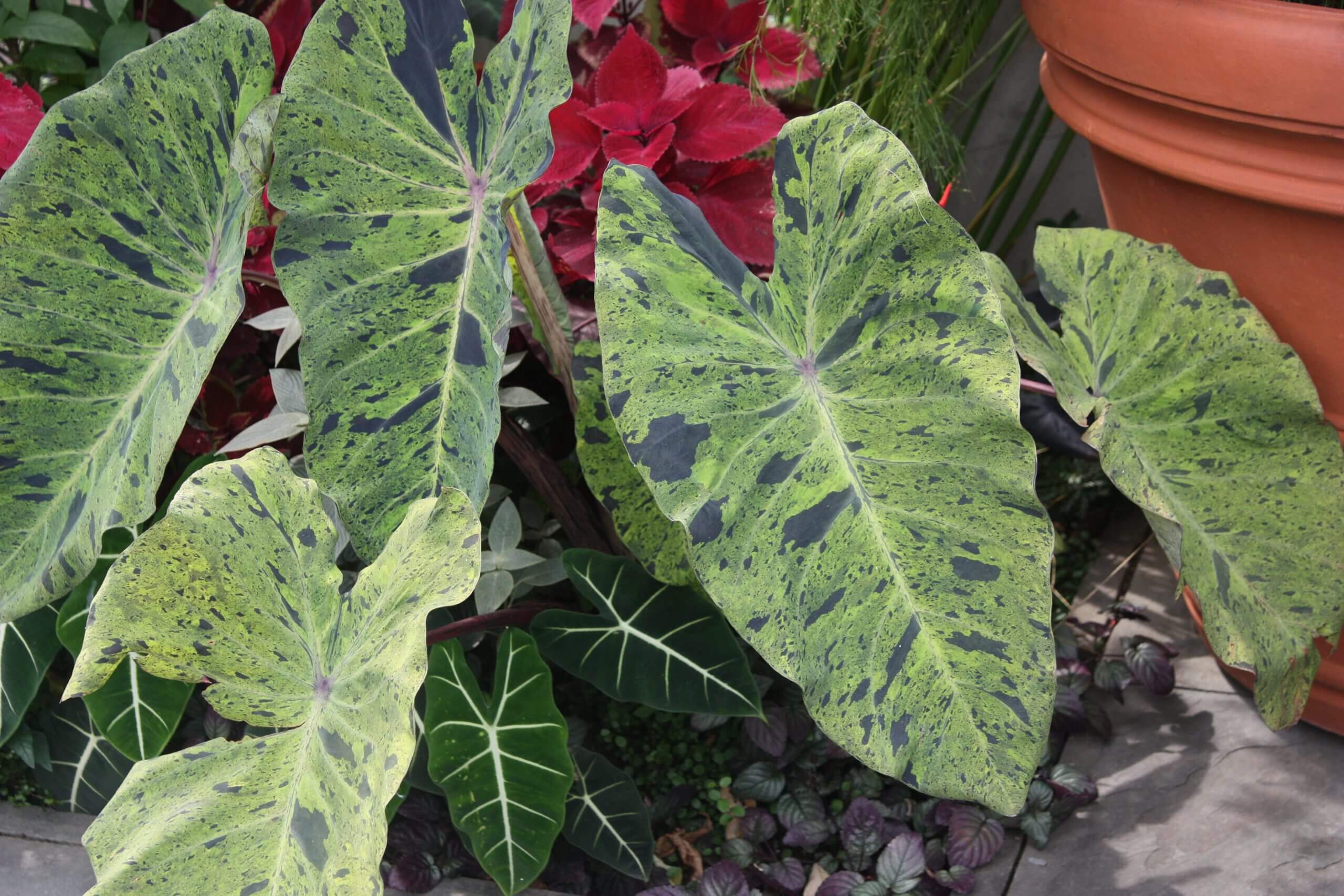
Elephant ears are moisture-loving and grow well in wet soils if given the opportunity. They make excellent container specimens and should be planted in an ultra-organic potting soil with a high water-holding capacity, such as Black Gold® Moisture Supreme Container Mix with RESiLIENCE.
Biggest Leaves
Gigantic-leaved plants require tons of space but look spectacular and fun if properly placed in the landscape. Add one plant to a single pot. Abyssinian red banana (Ensete maurelii), with its broad, reddish green leaves, or the massive giant elephant ear (Colocasia gigantea), with its 5-6′ leaves, command visual attention and are best planted where big, focal statements are needed. An open patio area or broad, open
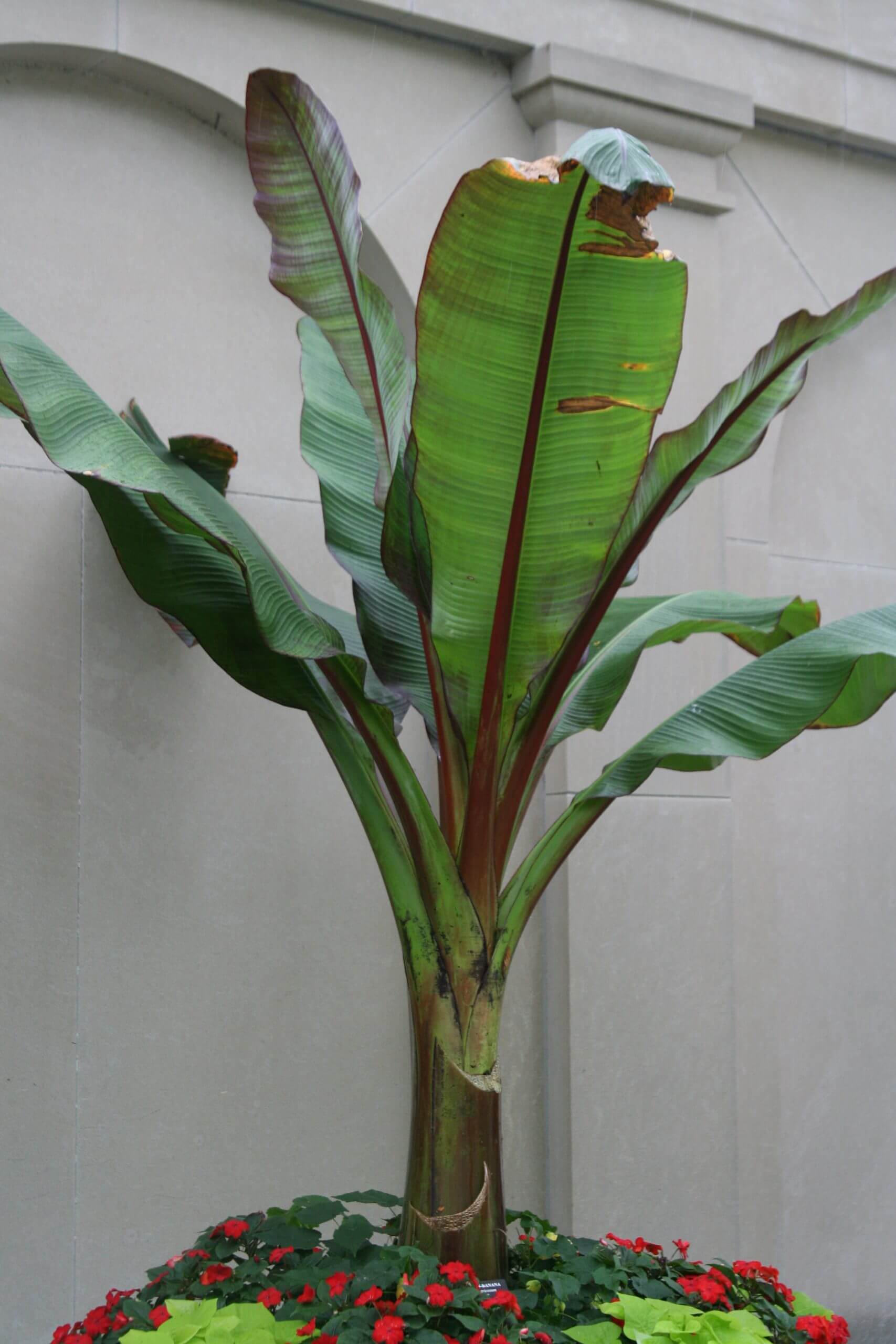
fence line or border would be perfect. The 6-8′, banana canna (Canna ‘Musifolia’), which has reddish leaves much like those of Ensete maurelii, is another impressive easy-to-grow garden plant. Grow these in full to partial sun alongside finer-leaved, colorful companions. Tall amaranths, purple-red-leaved Hibiscus acetocellus, and formidable ornamental grasses are all great choices.
Grow these bold ornamentals if you are seeking to fill space fast and want your garden to feel like a tropical paradise. Once the threat of frost has passed you can plant them outdoors, but don’t expect them to take off until the warm, humid weather of the summer months begins. Then, watch the magic!


